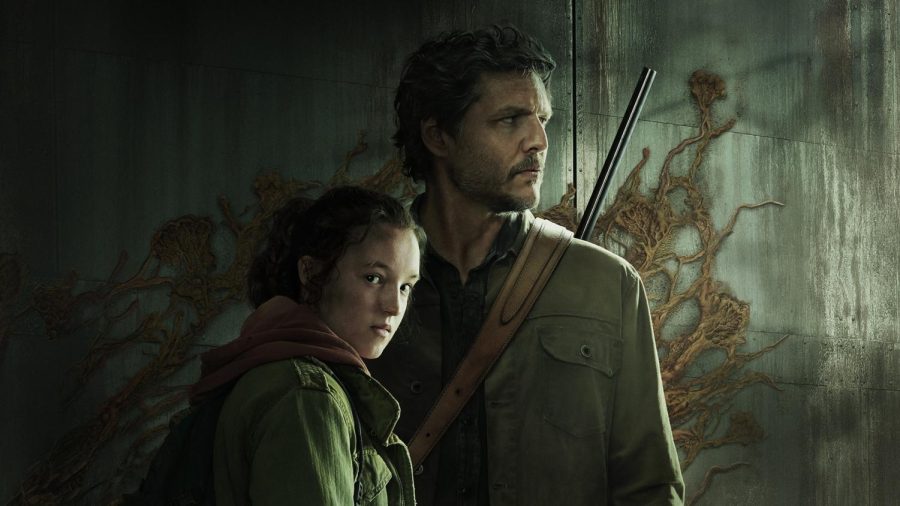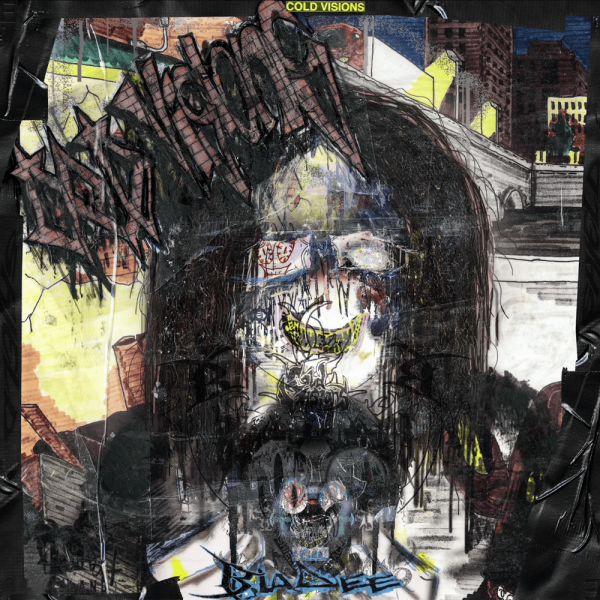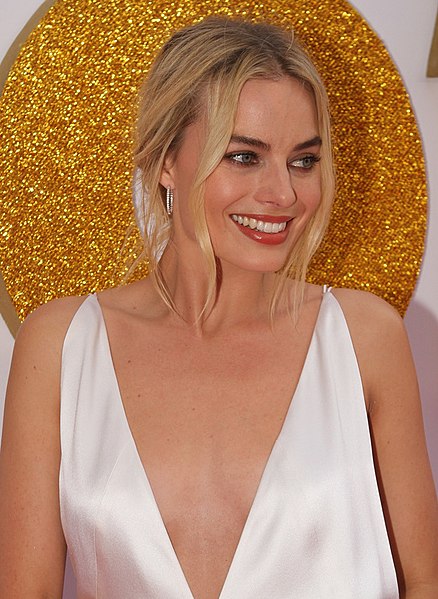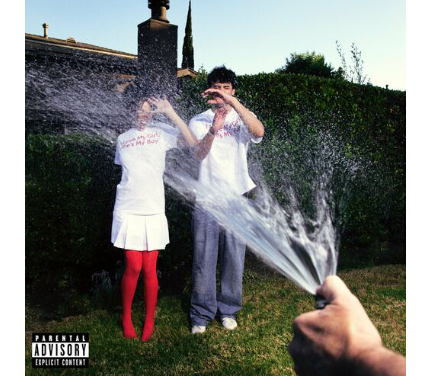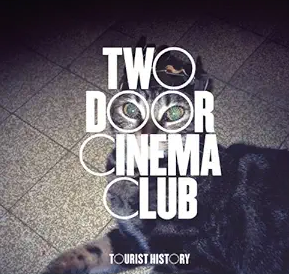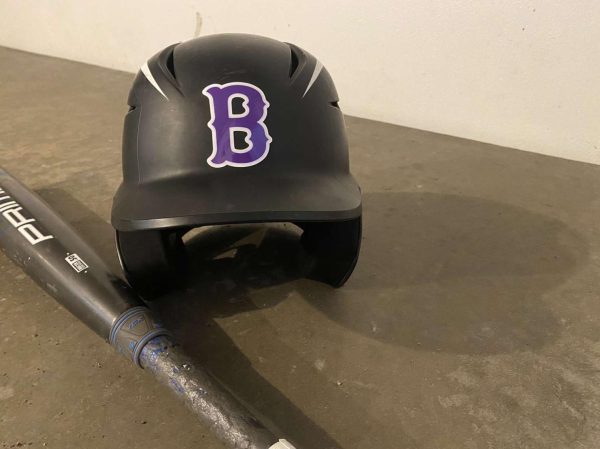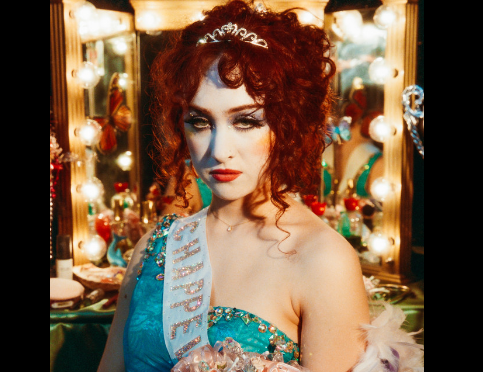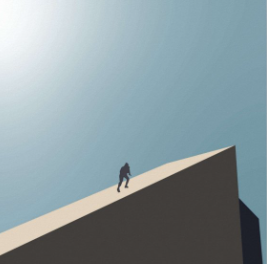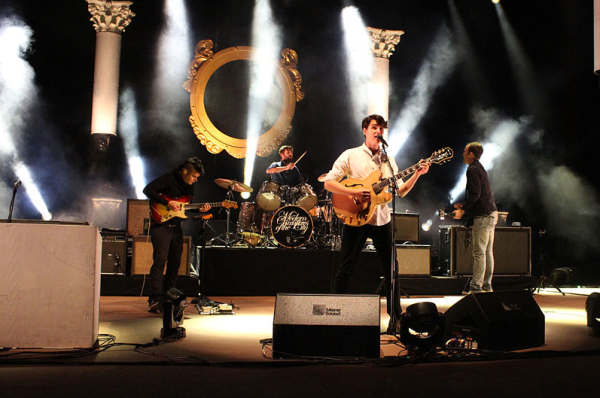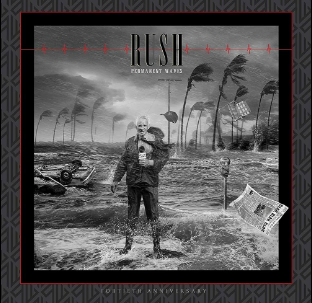‘The Last of Us’ stands as a vital game adaptation, despite homophobic attacks
The Last of Us was based on a video game of the same name which was released in 2013.
Airing now on HBO, The Last of Us manages to avoid the fatal flaw of all live-action video game adaptations — that they are terrible.
Nobody can truly pinpoint why all live-action video game adaptations fall short. Maybe it’s simply because video games are not meant to be adapted to non-animated versions. Or maybe it’s that the producers and directors of these adaptations do not respect the source material.
Whatever the reason, a small minority of these adaptations are even passable, let alone good. The Last of Us makes those passable ones seem almost terrible in comparison.
Never before has an audience seen a live-action adaptation be as high-caliber as The Last of Us. It would not even be surprising to see the series nominated for several Emmys when the time comes.
While it is hard to say why previous live-action adaptations have failed, it is easy to see why The Last of Us succeeds.
First of all, the series is based on a game that already has an established and emotional story.
The Last of Us game is one the most critically acclaimed video games of the 2010s, due in large part to its story. It follows Joel Miller, a grizzled survivor, as he helps Ellie Williams, a naive teen, cross America in a post-apocalyptic wasteland. Throughout their journey they encounter zombie-like infected peoples, and non-infected people who can be even more brutal.
The TV series takes this story and adapts it excellently to a television experience — keeping the fundamental and crucial elements of the story, while adding a plethora of lore-building scenes that enhance the world the game created.
Additionally, the show doesn’t hesitate to make changes to the iconic scenes in the game to better suit a television experience. Just take the iconic opening of the game. On television, a fan of the game might expect the same tragic beginning to take place, and while the core elements of the opening are still present, the show-runners use these expectations to surprise the audience.
With such acclaimed writers working on adapting the game, it is apparent they are using the primetime opportunity to give the story an audience beyond those capable or interested in playing video games.
In the game, the protagonist’s progression is prevented by their truck being hit by another. In the series, the viewer sees this same accident almost happen – but it is prevented at the last moment, leaving the viewers on edge to what will happen next. And just moments after, a visually spectacular plane crash serves the same function as the truck accident, while raising the stakes of the opening.
Elsewhere, though, the show is not afraid to take spectacular moments from the game and use them as functionally 1:1 recreations. The show’s writers must have thought “what worked in the game will work on TV” in these instances, and they were absolutely correct.
Look at other parts of the opening scene again. Early on, viewers get the same sentimental scenes to attach them to characters, only heightening the emotional response to what happens later.
It is evident through moments like this that the producers, writers, and directors of the show all obviously care for the source material. This is not a surprise, though, as the co-writer of the show is the same person, Neil Druckmann, who wrote and directed the game, with his co-writer being the creator and writer of Chernobyl, Craig Mazin.
With such acclaimed writers working on adapting the game, it is apparent they are using the primetime opportunity to give the story an audience beyond those capable or interested in playing video games. They are taking an ardent stand against video game adaptations that are simply cash grabs for those who own the IP.
The writers are evidently using the budget that comes with being an HBO show to its full potential, with grand, beautiful cinematography, and set design that should absolutely win awards.
While CGI is definitely used for these two elements, it is used sparingly, with most of the production seemingly done practically. Any shot in the show looks more than sufficiently post-apocalyptic, matching the tone and aesthetic of the game magnificently.
The practical effects can also be seen on the “infected” characters in the show. The makeup artists have done a marvelous job of layering on prosthetics to a host of different actors to make the infected appear truly terrifying. Anytime they are present in an episode, the viewer will surely be horrified.
Furthermore, it would be an aberration not to mention the acting by the two leads: Pedro Pascal as Joel and Bella Ramsey as Ellie.
Pascal is known for his role as the lead character in The Mandalorian, but as Joel in The Last of Us, he undoubtedly exceeds his solid acting from the former. He is the spitting image of Joel from the games, along with matching his mannerisms pretty closely. Pascal also manages to show emotion and depth in the perfectly reserved way Joel does in the game.
The existence of any queer character is not pushing an agenda, and even if it somehow was, the games already prominently included many LGBTQ+ characters. In the second game, one important character is transgender, while Ellie herself has been gay from the very beginning.
With Ramsey, many fans of the game were concerned about their portrayal of Ellie because Ramsey does not look particularly like the original character. This has not mattered, though.
Ramsey has been able to match the darkly jubilant energy of their character incredibly well. They are able to come across as comedic and vulgar in moments when it is needed while also being able to portray the more serious and grave moments of Ellie as well.
Beyond all those incredible aspects, what truly sets this video game adaptation apart from others is that The Last of Us is a TV show first and an adaptation second.
The goal of everyone involved with the production is clearly to make the best possible television series, and not the best possible live-action video game. So many adaptations try to be faithful and only be faithful, failing to even try to stand on their own as a successful show.
It is almost impossible to mention this show, though, without touching on the third episode. Many devout fans of the game were upset that the character in the episode, Bill, played by Nick Offerman, is gay. Detractors claimed that The Last of Us went “woke.”
This has led to the episode being poorly rated on sites like IMDb, where any person has the opportunity to review-bomb the episode. As a result, the episode has almost as many one-star ratings as it does 10-star ratings.
To be clear, anyone who dislikes the episode because of the inclusion of LGBTQ+ characters is homophobic, without exception. Bill was a gay character in the game, yet many must have overlooked this fact to claim the show version of the property is pushing a left-wing agenda.
The existence of any queer character is not pushing an agenda, and even if it somehow was, the games already prominently included many LGBTQ+ characters. In the second game, one important character is transgender, while Ellie herself has been gay from the very beginning.
Episode three was a beautiful and haunting love story between two men, and if any viewers cannot accept that, they should probably reflect on themselves.
Despite this bigoted criticism, The Last of Us continues to draw viewers, as it should. The show is an incredible and faithful adaptation of the source material, along with being a well-shot, intense, and engrossing television series as well.

News Editor Sam Tobiczyk is a senior and a third-year member of the Purbalite. In their free time, they can be found listening to indie music or watching...

